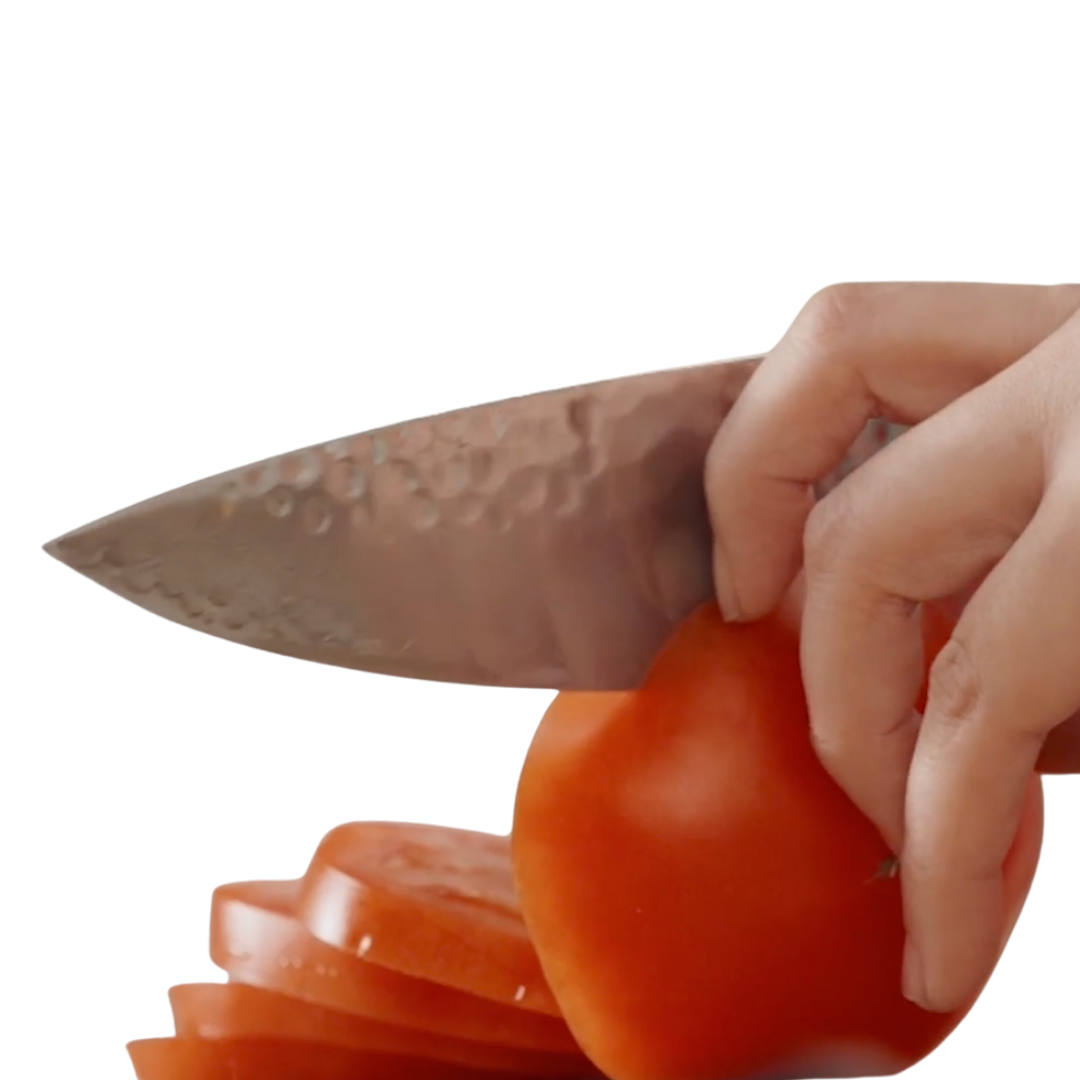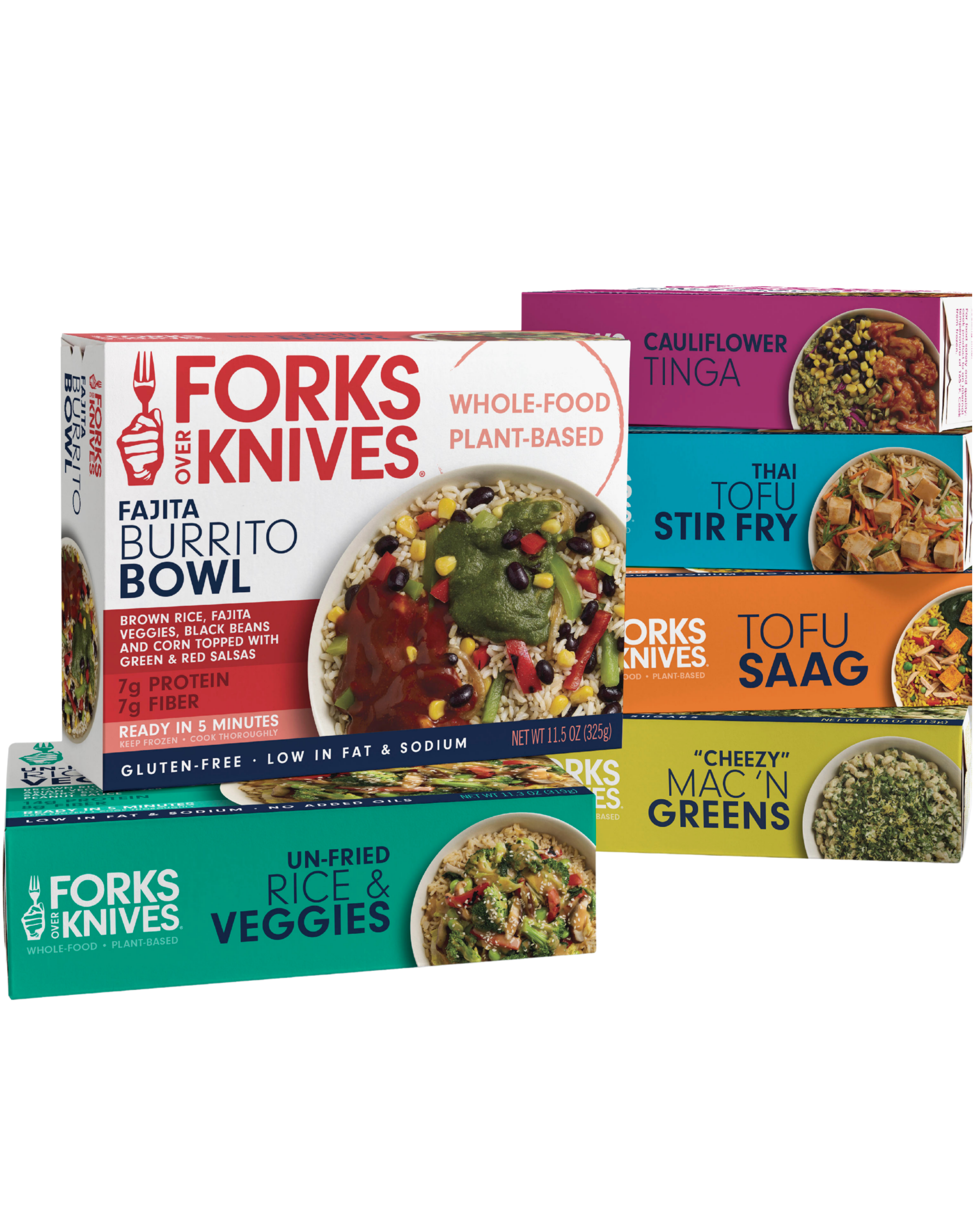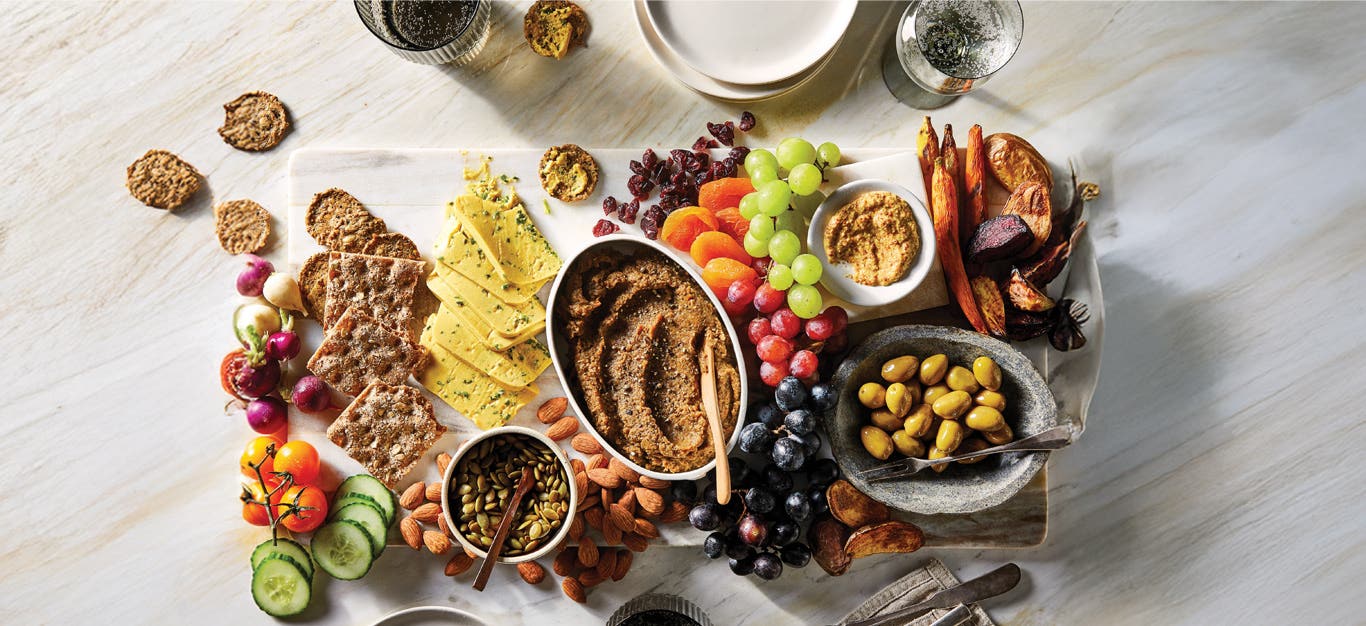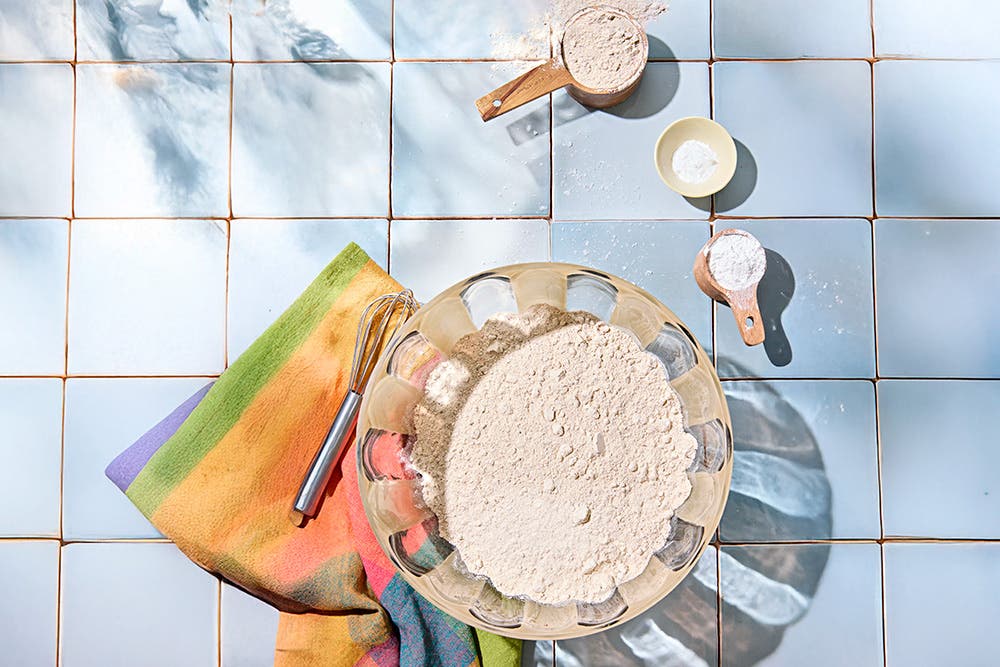Prime strawberry season is upon us! Here’s everything you need to know about the candy-sweet jewels of spring and summer, including tips for selecting, storing, and preserving them, as well as recipes to try.
Are Strawberries a Fruit?
A single strawberry isn’t just one fruit; it’s actually composed of many, many fruits—about 200 of them. What appear to be seeds on a strawberry’s skin are actually tiny fruits called achenes (pronounced ā’kēns). The aggregate tissue that holds the achenes together is the juicy flesh we eat as a fruit. The big, bright strawberries familiar to us today are hybrids of two wild strawberries: one that is native to North Carolina (Fragaria virginiana) and another that was first found in Chile (Fragaria chiloensis). The two types were paired in 18th century France to produce strawberries that were larger and more tolerant than their wild ancestors of variable weather conditions and transportation.
Seasonality
Peak season for local strawberries is late spring through early to mid-summer. The long, warm days stimulate plants to flower and develop fruit. Recently introduced strawberry varieties can extend the season to late summer and early fall. These “day-neutral” strawberry plants don’t depend on day length to trigger the production of fruit. In California, strawberries are grown, harvested, and shipped year-round. The state produces 90 percent of the strawberries sold in the U.S.
How to Choose the Sweetest, Ripest Strawberries
Strawberries won’t continue to ripen once they’re picked, so choose plump, bright, crimson fruits with no soft spots or discoloration. Hints of white or green around the tip and stem mean the strawberries were picked before they fully matured. Smaller berries will usually be riper and sweeter than jumbo fruit; larger specimens can develop air pockets in the center and taste bland. Vibrant green stems and tiny hairs on the skin are both signs of extra freshness.
Always check the bottom of a container of strawberries (or any berries) to make sure there are no signs of moisture or “weeping” juices. Weeping indicates some of the berries may have gotten crushed or have begun to mold.
Pick-Your-Own Tips
Got a pick-your-own farm nearby? Here’s how to make the most of the bounty:
- Go early: You’ll get the pick of the crop and avoid the crowds. Also, strawberries picked when the sun is beating down are more prone to softness and bruising.
- Pinch, don’t pick: Pinch off each strawberry at the stem rather than trying to pull it off like a grape. The caps should remain intact on the berries to prevent spoilage when stored.
- Use shallow containers: Piling strawberries deeper than two or three layers can lead to bruising. Place your personal harvest in sturdy, shallow containers that will keep them from getting crushed or jostled.
Storage
Unless you’re going to eat them all within hours, strawberries should go straight into the fridge once you get them home. If you’re planning to eat them over the course of a week or longer, pick through and remove any soft or mildewing berries, then give the rest a quick vinegar bath to kill bacteria and maximize their shelf life: Soak strawberries in a solution that is 1 part vinegar and 3 parts water; drain (do not rinse); let air dry completely in a colander; then refrigerate in a paper towel–lined, loosely lidded container. If you only need to keep them fresh for five days or fewer, you can skip the vinegar bath and instead spread them, unwashed, in a single layer on a paper towel-lined tray or baking sheet. This allows air to circulate around them and prevents cross-contamination if one fruit begins to mold.
Freezing
Frozen strawberries won’t have the same taste or texture as fresh, but they work well in baked goods, pureed sauces, homemade beverages, and nice cream.
Wash, dry, and hull strawberries; then arrange them in a single layer on a parchment-lined baking sheet and freeze until firm. Transfer the frozen berries to freezer-safe containers or resealable bags.
Dehydrating
Dehydrated strawberries retain a lot of the fruit’s natural color and sweetness and develop a candy-like crunch. Cut hulled strawberries into ¼-inch-thick slices; then spread the slices on several dehydrator trays or on a parchment-lined baking sheet. Dry the strawberry slices 6 to 8 hours in a dehydrator or a 140˚F oven. Store in an airtight container for up to a month.
Strawberry Recipes
When you’re craving something sweet, strawberries can’t be beat—but they’re also delicious in savory dishes. These recipes from Forks Over Knives offer fresh ideas for cooking, baking, and more.
- Chia Pudding with Strawberries
- Vegan Strawberry Cupcakes
- Strawberry Dessert Pizza
- Strawberry-Lemonade Nice Cream
- Clafouti
- Strawberry Rhubarb Oatmeal
- Strawberry-Chocolate Nice Cream
- Strawberry Gazpacho Soup
- Spinach, Pineapple, and Strawberry Salad
- Curried Chickpeas and Farro with Strawberry Chutney
- Roasted Strawberry Bruschetta
- Spring Frisée Salad with Strawberry Vinaigrette
Related News
Get Our Best Price On The Forks Meal Planner

Forks Meal Planner takes the guess work out of making nutritious meals the whole family will enjoy.
Master Plant-Based Cooking!

Our new course features over 100 lessons, 50+ recipes, downloadable guides, and more!
New Frozen Meals!

Introducing our new frozen meals: Doctor-recommended, chef-crafted, & ready in minutes.




